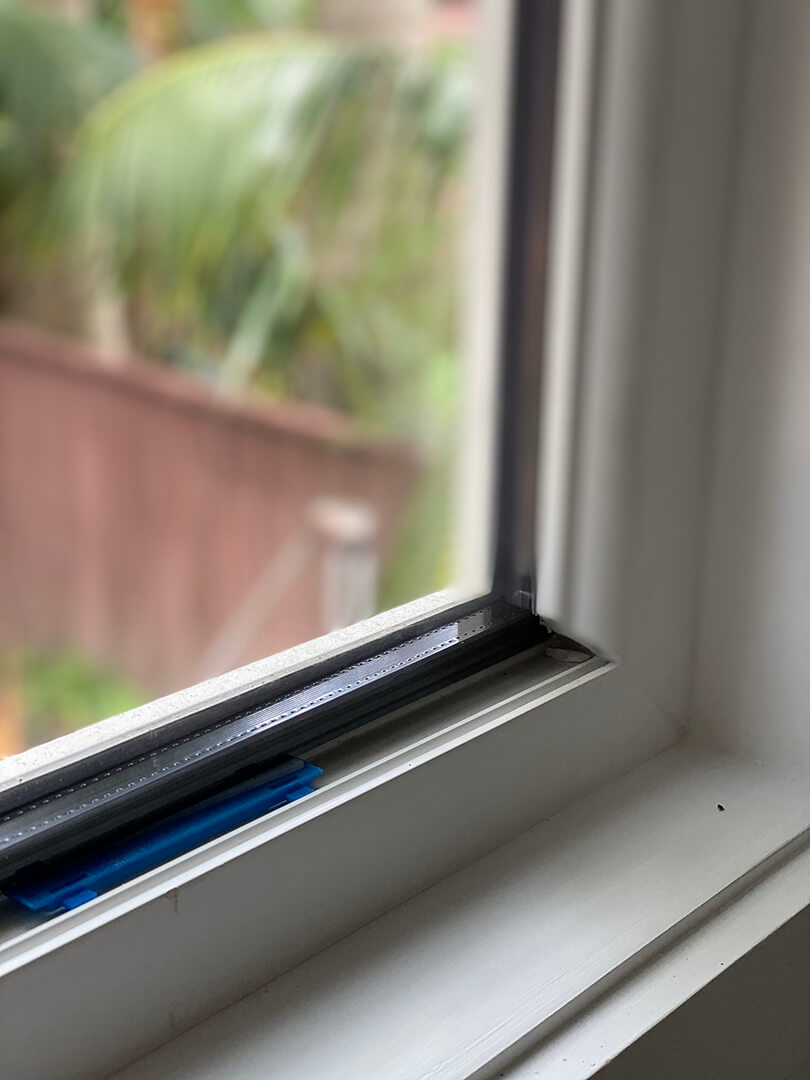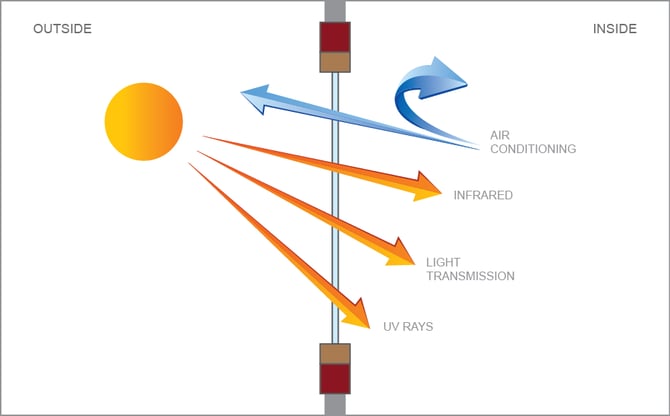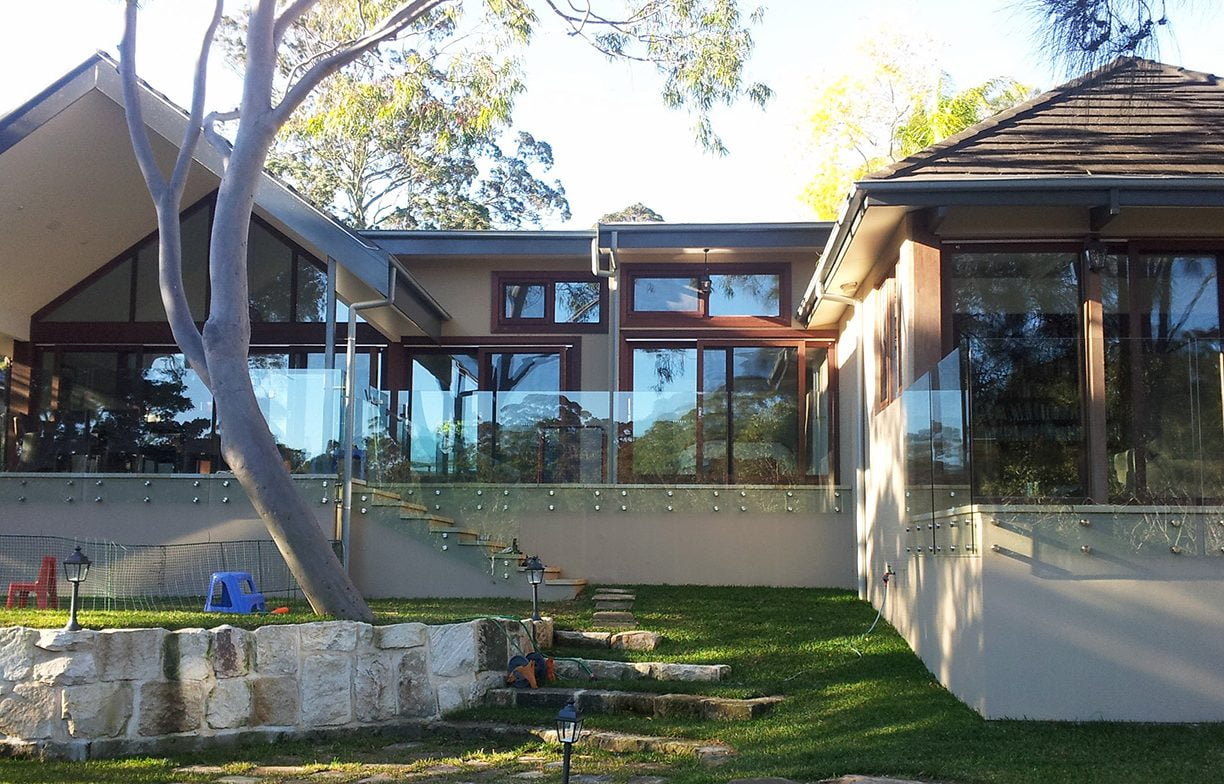All Categories
Featured
Table of Contents
Does Double Glazing Keep Heat Out in Rockingham Perth
Glazing simply means the windows in your house, including both openable and fixed windows, in addition to doors with glass and skylights. Glazing actually simply indicates the glass part, however it is generally utilized to describe all elements of an assembly consisting of glass, films, frames and furnishings. Taking note of all of these elements will assist you to accomplish efficient passive design.

Energy-efficient glazing makes your home more comfy and dramatically decreases your energy expenses. Nevertheless, unsuitable or poorly designed glazing can be a major source of unwanted heat gain in summer season and considerable heat loss and condensation in winter season. As much as 87% of a home's heating energy can be gained and as much as 40% lost through windows.
4 Benefits Of Double Glazed Windows In The Summer in North Fremantle WA
Glazing is a significant financial investment in the quality of your house. The expense of glazing and the expense of heating and cooling your house are carefully associated. A preliminary investment in energy-efficient windows, skylights and doors can significantly lower your yearly heating & cooling expense. Energy-efficient glazing likewise reduces the peak heating and cooling load, which can minimize the needed size of an air-conditioning system by 30%, causing additional expense savings.

This tool compares window selections to a base level aluminium window with 3mm clear glass. Comprehending some of the key homes of glass will assist you to choose the best glazing for your house. Key homes of glass Source: Adapted from the Australian Window Association The quantity of light that passes through the glazing is referred to as noticeable light transmittance (VLT) or visible transmittance (VT).
What Is The Best Glazing For My Home? - Part 2 in Madeley Perth
The U value for windows (expressed as Uw), explains the conduction of the whole window (glass and frame together). The lower the U value, the greater a window's resistance to heat flow and the better its insulating worth.
For example, if your home has 70m2 of glazing with aluminium frames and clear glass with a U value of 6. 2W/m2 C, on a winter season's night when it is 15C colder outside compared with indoors, the heat loss through the windows would be: 6. 2 15 70 = 6510W That is equivalent to the total heat output of a big room gas heating system or a 6.
Double Glazed Windows Melbourne - Upvc - German ... in Duncraig Western Australia

If you choose a window with half the U value (3. 1W/m2 C) (for example, double glazing with an argon-filled space and less-conductive frames), you can halve the heat loss: 3. 1 15 70 = 3255W The solar heat gain coefficient (SHGC) for windows (expressed as SHGCw) determines how readily heat from direct sunlight flows through a whole window (glass and frame together).
The lower a window's SHGC, the less solar heat it transmits to your house interior. Glazing producers declare an SHGC for each window type and design. The actual SHGC for windows is affected by the angle that solar radiation strikes the glass. This is called the angle of occurrence.
How Are Double Glazed Windows More Energy Efficient? in Secret Harbour Western Australia
When the sun is perpendicular (at 90) to the glass, it has an angle of incidence of 0 and the window will experience the optimum possible solar heat gain. The SHGC declared by glazing makers is constantly calculated as having a 0 angle of occurrence. As the angle increases, more solar radiation is shown, and less is transferred.
Latest Posts
Double Glazed Windows in Floreat Perth
Insulated Glass Unit – Igu in Lathlain Perth
What Is Triple Glazing? - Infinite Windows in Attadale Perth